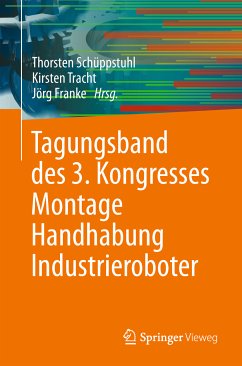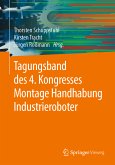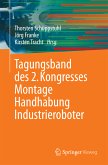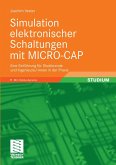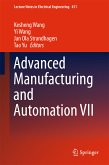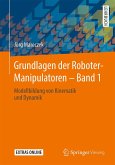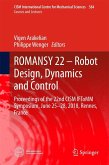Der MHI e.V. ist ein Netzwerk leitender Universitätsprofessoren aus dem deutschsprachigen Raum, die sowohl grundlagenorientiert als auch anwendungsnah in der Montage, Handhabung und Industrierobotik erfolgreich forschend tätig sind. Die Gründung der Gesellschaft erfolgte im Frühjahr 2012. Der MHI e.V. hat derzeit 20 Mitglieder, die über ihre Institute und Lehrstühle zurzeit ca. 1.000 Wissenschaftler repräsentieren.
Die übergeordnete Zielsetzung des MHI e.V. ist die Förderung der Zusammenarbeit von deutschsprachigen Wissenschaftlerinnen und Wissenschaftlern untereinander, sowie mit der Industrie im Bereich Montage, Handhabung und Industrierobotik zur Beschleunigung der Forschung, Optimierung der Lehre und zur Verbesserung der internationalen Wettbewerbsfähigkeit der deutschen Industrie in diesem Bereich.
Das Kolloquium fokussiert auf einen akademischen Austausch auf hohem Niveau, um die gewonnenen Forschungsergebnisse zu verteilen, synergetische Effekte und Trends zu bestimmen, die Akteure persönlich zu verbinden und das Forschungsfeld sowie die MHI-Gemeinschaft zu stärken.
Die Herausgeber
Prof. Dr.-Ing. Thorsten Schüppstuhl ist Leiter des Instituts für Flugzeug-Produktionstechnik (IFPT) an der Technischen Universität Hamburg-Harburg.
Prof. Dr.-Ing. Kirsten Tracht ist Leiterin des Instituts für Strukturmechanik und Produktionsanlagen (bime) an der Universität Bremen.
Prof. Dr.-Ing. Jörg Franke ist Leiter des Lehrstuhls für Fertigungsautomatisierung und Produktionssystematik (FAPS) an der Friedrich-Alexander-Universität in Erlangen-Nürnberg.
Dieser Download kann aus rechtlichen Gründen nur mit Rechnungsadresse in A, B, BG, CY, CZ, D, DK, EW, E, FIN, F, GR, HR, H, IRL, I, LT, L, LR, M, NL, PL, P, R, S, SLO, SK ausgeliefert werden.

